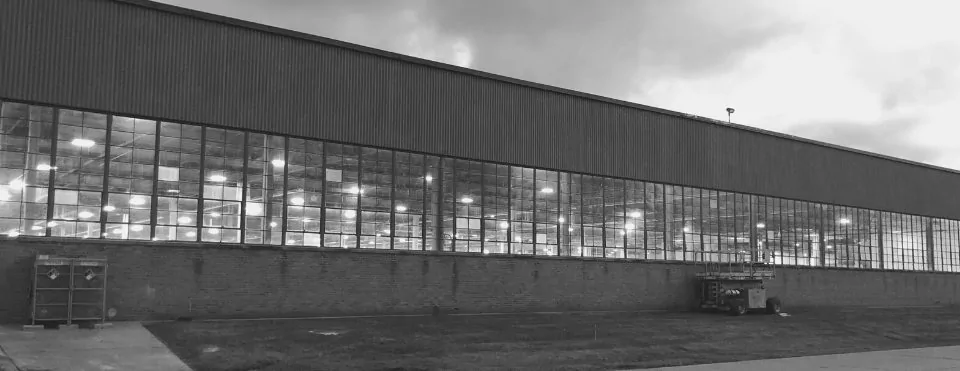International Manufacturing and Inventory Solutions
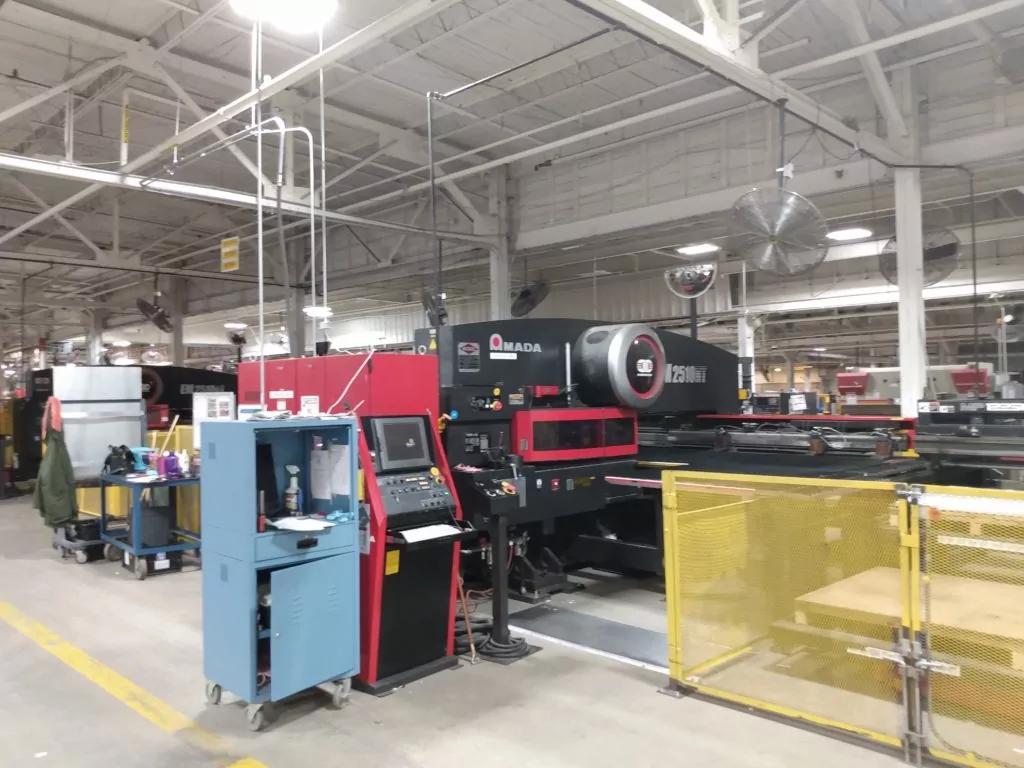
Jan 03 2018

I’d like to share my experience on this topic and hopefully help someone avoid some of the mistakes that I have made (although I am a firm believer that the experienced lessons are stronger than any other form – so don’t be afraid to make mistakes as they make you better). I also find this important internally, as I recently returned from a visit to all of our vendors in Shenzhen, China.
I imagine that tied up cash flow in any business is a challenge, but it is particularly debilitating for a growing enterprise. I have found the best solution for Verde is to really stay on top of our cash flow is with our Line of Credit from our banking partner, and we currently use Kurt Wheeler from MB Financial. You have to find a banker that shares your vision for growth, and really take time to understand your business and how you operate. We have tried a lot of banks to this point, and while I philosophically wanted to bank with a small bank – MB has been ideal in helping us grow and increasing our LOC before we need it.
Letter of Credit
MB has also introduced the idea of a Letter of Credit to us, which shows a lot of value in international import to the US. Overseas firms can charge 30% at the time of order, and 70% at the time of shipment. Since an order can take up to 60 days to arrive by boat (35 days is average for us), this can mean a business is outlying cash 3-4 months before the material arrives. If you are a fast growing business, this really provides constraints around cash flow, even if you are getting a great deal on overseas products.
Chinese firms charge this up front fee for several reasons, both for their own internal cash flow as well as concern about US firms not paying once the product leaves their facility.
However, a Letter of Credit will address both of those concerns. Since the US bank is guaranteeing payment, it lets the Chinese firm “borrow” on that cash before it actually arrives. It also provides security to both parties that the payment will be good and allows for greater trust.
I find that our two largest manufacturers from China, Green Inova and Topband, both are large companies that have been in manufacturing for 10 years or more, and really have a high level of quality in their manufacturing. They both find the Letter of Credit to be a rare requirement from a US importer, but both see the value of it in providing a deeper partnership and trust.
Inventory Amounts
First, I’ll start with some experience we have around keeping proper inventory around.
As I said, too much inventory ties up a ton of cash. We have a great product from TopBand that replaces a 2×4 troffer with a new LED fixture. The best part is that it uses the existing troffer structure, leading to less waste overall and an incredibly fast installation. However, it can be incredibly hard to forecast out 4 months in advance to know how many of that particular fixture will be sold. Introduce several color temperatures and wattages, as well as 2×2 fixtures, and you’ve got a real challenge on your hands.

I have learned that sometime, less expensive inventory is not the right answer, even if the cost is 30-40% of the cost of US branded products. It all comes down to someone taking the risk of paying for the manufacturing, and storing it in the US in warehouses (yours or your vendors). Since the LED market in particular changes so rapidly, with 200 lumens per watt on the horizon, no one wants to take this risk.
Some of our product line, specifically High Bay LED fixtures with sensor built in, can take 45-75 days to arrive after order. We don’t have to pay for the product until Net 60, which is a huge benefit, but this forces us to reevaluate how much we stock of those fixtures. In some of these fixtures, equivalent Chinese manufacturing can save 75-80% off the cost, making that decision to pay and import from overseas much easier.
There is basically a rule of thumb that you can get two of three of the following: quick speed, low cost, and high quality. You can likely get two of those three from one vendor, but you’ll never get all three. Your cost to borrow money, as well as the speed in which you need products, will likely dictate those.
LED Fixture Quality
Interestingly, almost all LED components and products are manufactured in China or Asia, despite the manufacturer’s name on the box. As you get to know different products, you’ll see that they all steal from each other, or purchase the fixture exterior, driver, and LED chips from other vendors, eventually assembling them in their facility. In fact, most of the facilities that I have visited were a single floor of a 8-10 story warehouse facility, where they assemble their products and ship them out.
Quality of the facilities that I visited did vary greatly, however. One of our manufacturers, Green Inova, had a pristine facility and very high quality of process and engineering. In fact, I noticed that the sales team walking around with me had a personal relationship with many of the factory workers, and it was no surprise that they have consistently outperformed all other manufacturers in regards to LED or driver failure. In fact, we don’t have a documented case of a fixture failing after installing thousands of their fixtures.
We did find one manufacturer partner that always had great pricing and a US warehouse, but their quality has been inconsistent. When I visited their manufacturing facility , I found that it was not well run, and had no consistency in what products they were manufacturing. In fact, they didn’t even seem to be making the products that they actually sell, which led me to believe that they were using other manufacturers to make majority of their products. We will no longer be purchasing from them, as the transparency is important to me.
When you find a great vendor, I think that it justifies taking a larger risk on their inventory, since the quality is high and the product will continue to be sold with confidence by your sales team. Good inventory is always less risky than bad inventory.
Fixture (Product) Size
I think about this way more often than most people in my position, as we have historically had a lack of space in our warehouse. We have doubled every year in both sales and inventory volume, and we have also doubled in warehouse size for the past 4 years in a row. However, the timing is not ever smooth and we constantly run into space issues. We always value size of our products in how much inventory we take up. One of the benefits of LED evolution is that sizes continue to decrease.
We currently have about 2,000 square feet of warehouse, which is not a lot, but we do have as much height as we would like as our old Chicago Warehouse building has a gigantic crane and 30 ft ceilings. Smaller products are less of a challenge for us to store. We could purchase 1,000 A19 LEDs, and they would take up the same space as 20 High Bay Fixtures – literally.
Large US Manufacturers as Partners
Our current preferred US manufacturer is Philips. They simply have the best drivers, a great brand, as well as top of the line sensors and advanced controls. Advanced controls are a huge challenge to do well, and often cost a ton of money to commission (or install and program). Philips allows you to do this with a remote control on their spacewise products, or an android app on the EZ Sense controls, so we have trained our installers and analysts to excel in this skill.
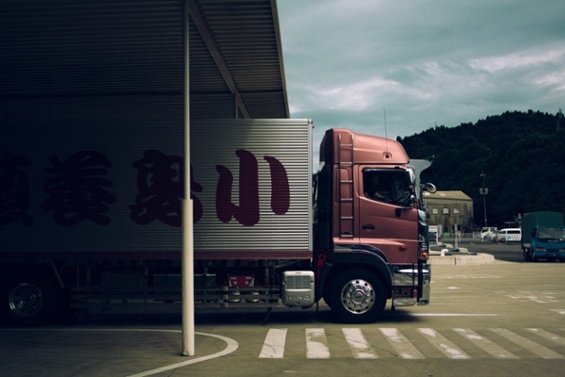
We recently took a large inventory of the Philips Fluxstream with built in daylight harvesting and occupancy sensors, because those products had a good price, did not take up a lot of space relative to other products, and had a long lead time. It made more sense to stock up and let the sales team benefit on the quality of the product and its benefits, as well as the high rebate available from our local utility, so we could install as soon as necessary for customers.
In fact, I just had the (rare) pleasure of spending the day at an install with our team while we installed Verio Graphics, where we installed 11 of these Fluxstream fixtures replacing a variety of metal halide and T12 fixtures. After we were done, the space looked brighter, used less energy, and could not have been completed by our deadline for the utility incentives if we had not ordered the inventory back in September.
Bulk Purchasing
Bulk purchasing is seductive – I have made my fair share of mistakes over the years. I find that you end up selling what you have, instead of what is best for the customer, when you have large inventory of specific products on hand. In fact, often bulk pricing is available toward the end of popularity of products, which I have noticed that some of our competition will stock and push for customers.
I still remember my first bulk purchase, almost $20,000 of inventory, which was delivered on Jan 2, 2014. Three days later, our local utility rebate ran out of money and was suspended until June 1st, and I was forced to hold onto that inventory for 5 months. During the next 5 months, we didn’t lay off a single employee, but that decision to invest in inventory really made that more challenging than it should have been. I’d invest in people over inventory, and once you buy that inventory, you often can’t return it.
We have made numerous bulk inventory purchases since that date, often getting steep discounts from manufacturers to do so. I encourage new businesses to take small risks and experiment, but keeping a good deal of caution in your approach. I have learned to take larger risks on our most popular products, like this Cooper occupancy sensor, which has a technology that is a bit more stable and predictable. We generally aim to have inventory on hand for no more than two months, but this type of product that is so commonly used by our customers, is easy to purchase in bulk with confidence. It also uses us very little inventory space, which is an added bonus.
International Shipping
If your inventory depends on international shipping, which a portion of our does, this is a key consideration for inventory solutions. After all, inventory will not be in your warehouse until you receive it after it is shipped properly.
We currently use Astomar Logistics to help with our importation of international products. While we have done both in-house importing, as well as used the logistics of our suppliers in the past, having a US firm that knows logistics has been a great safeguard. They might cost a little more (although I find that they are overall cheaper than other options often), but can help in the time of an issue.
Customs and international shipping are easy until they are not – meaning that you can import 25 shipments without an issue, but the time inventory is paid for and “lost” for 3 months is the one that will haunt you. Trying to deal with language barriers with China, especially around an issue that is out of the hands of your manufacturer, will be a nightmare without the proper support and plan in place. I don’t feel that this is one place to skimp on professional services, even if it adds to the cost of the material.
Air shipping is a viable option for small and light products. We currently air freight about half of our Chinese made products, as they arrive about 20 days faster than container shipping via ocean. All things being equal, I prefer cargo container shipping, as there is a lower carbon impact of this style of shipping vs by plane. However, sometimes speed is essential and is offset by the higher economic costs of shipping by plane.
Forecasting
We have tried several types of forecasting, and in general, I am not a big fan of forecasting.

We are currently using a complicated process that looks at our main products and over supply those that have long lead times. Any products that arrive quickly and are rather inexpensive, we are decreasing in our
inventory.
We also are trying to decrease our number of SKUs. We sell a lot of LED tubes, as they are often a great offering to our customers. We offered a 14 Watt Philips tube as well as a 16.5 Watt Philips High Output that is slightly more expensive. We offered 4000k and 5000k for color temperature of both products. I recently decided it made more sense to only offer the 4000k in the 14 watt, and the 16.5 watt in the 5000k, as someone that wanted more light output likely wanted a brighter color as well. This may not work 100% of the time, and we may occasionally need to order a couple dozen 5000k 14 watt TLED tubes, but it has helped our strategy.
If you offer more options to customers, it may not actually lead to a better customer experience if it leads to longer wait times.
Invoicing Times
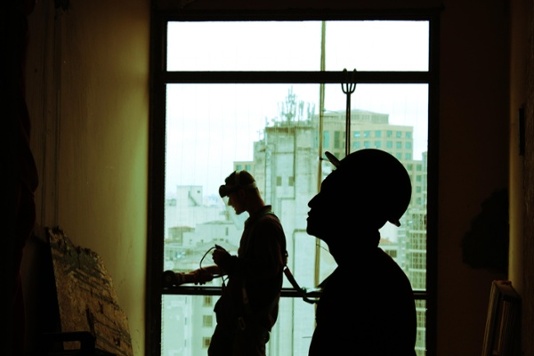
After tracking this, we were able to cut this down to 1 day on average (or median). It is amazing how much this has improved our operations, as inventory challenges are all about cash flow. Improving the process after the install actually helped free up cash for taking slightly stronger positions on inventory, which in turn sped up invoicing. Tracking this to better understand it, eventually helped us find and make improvements.
Featured Posts
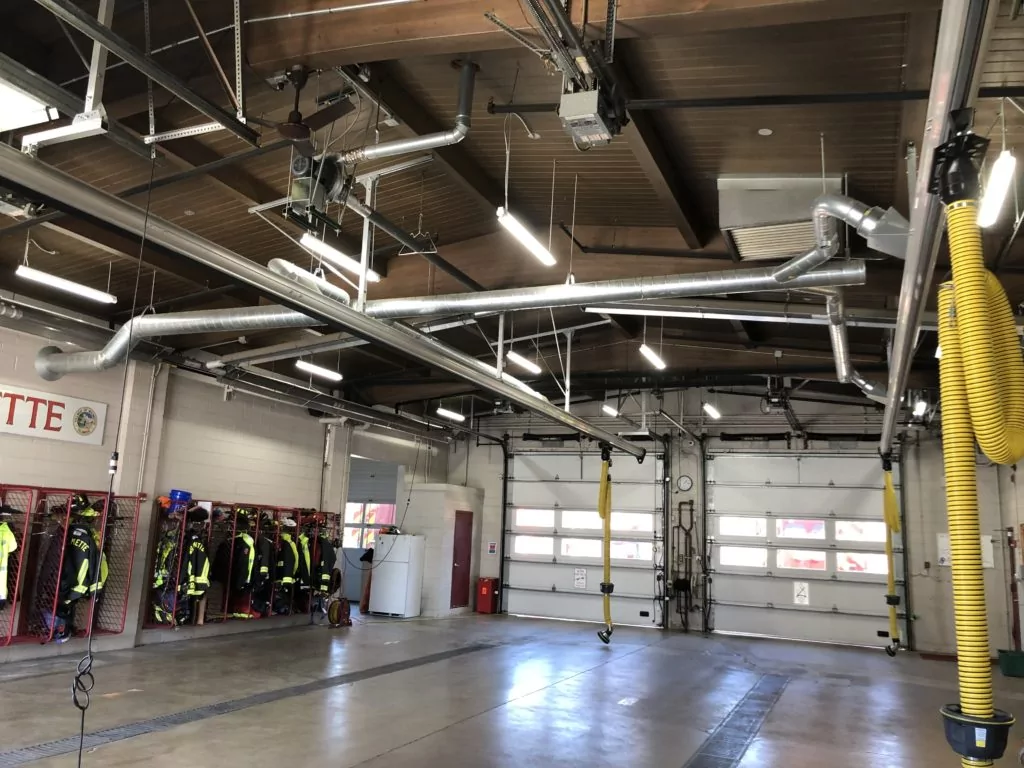
Mar 15 2021
Energy Savings Formula
In 2002, I became a firefighter in the north suburbs of Chicago. I was young and idealistic - loving almost every part of the job. However, I had another secret passion - sustainability. In addition…
Continue Reading >

May 02 2019
Verde Energy Efficiency Experts 10 Most Sustainable Companies in Chicago
In our energy efficiency consulting firm, we constantly look for inspiration from local companies that lead and innovate in clean energy and sustainability. Not all companies have billion dollar budgets, but that doesn’t mean that…
Continue Reading >
Related Articles
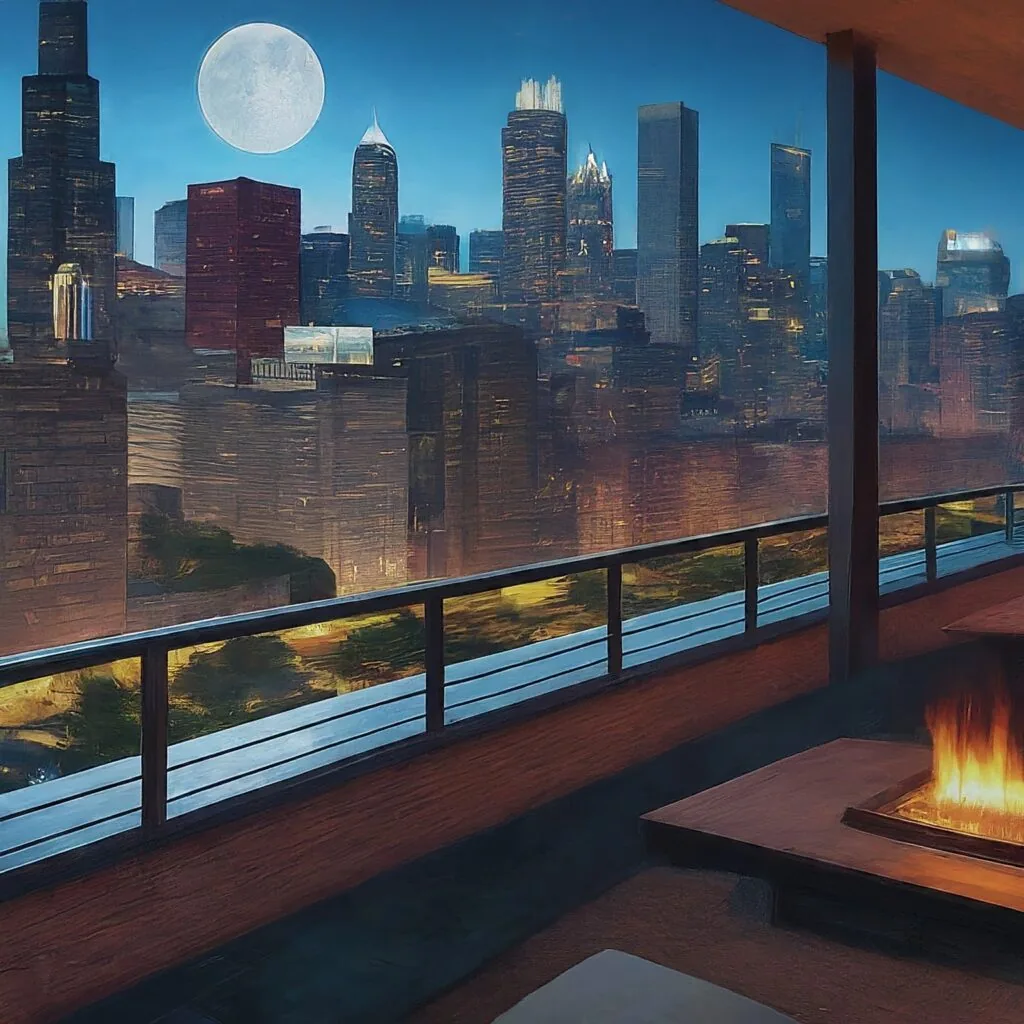
May 30 2024
Energy Efficiency Lighting Systems in Hotels
Lower Energy Cost Hospitality with LED Lighting Systems In today's environmentally conscious world, hotels are increasingly looking for ways to reduce their impact. Energy-efficient lighting systems are a powerful tool in this effort, offering a…
Continue Reading >
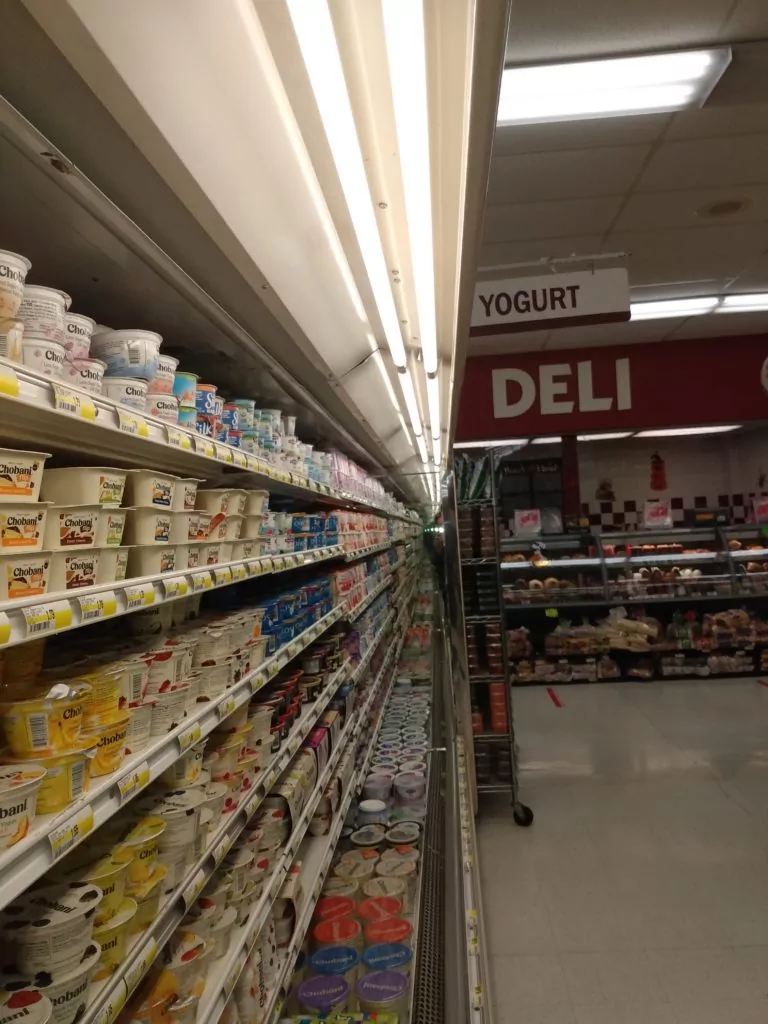
Aug 29 2023
The Importance of Converting to LED Display Case Lighting
Light emitting diode (LED) lighting is quickly becoming the standard for display case lighting. This is due to a number of advantages that LED lights have over traditional lighting technologies, such as incandescent and fluorescent…

